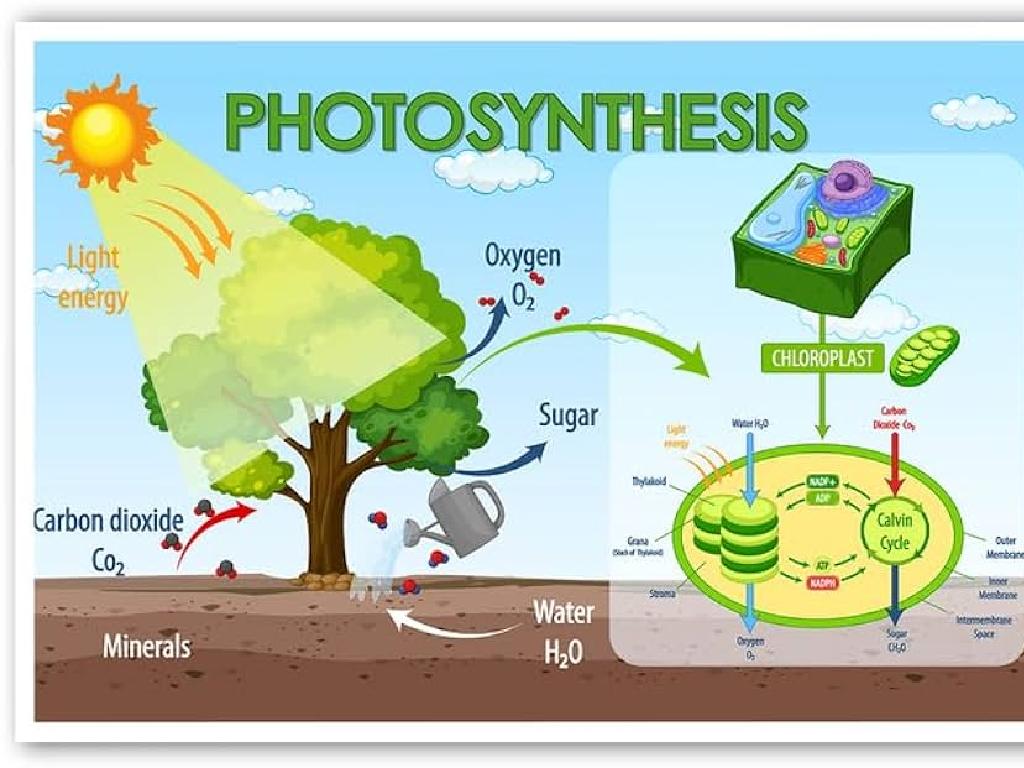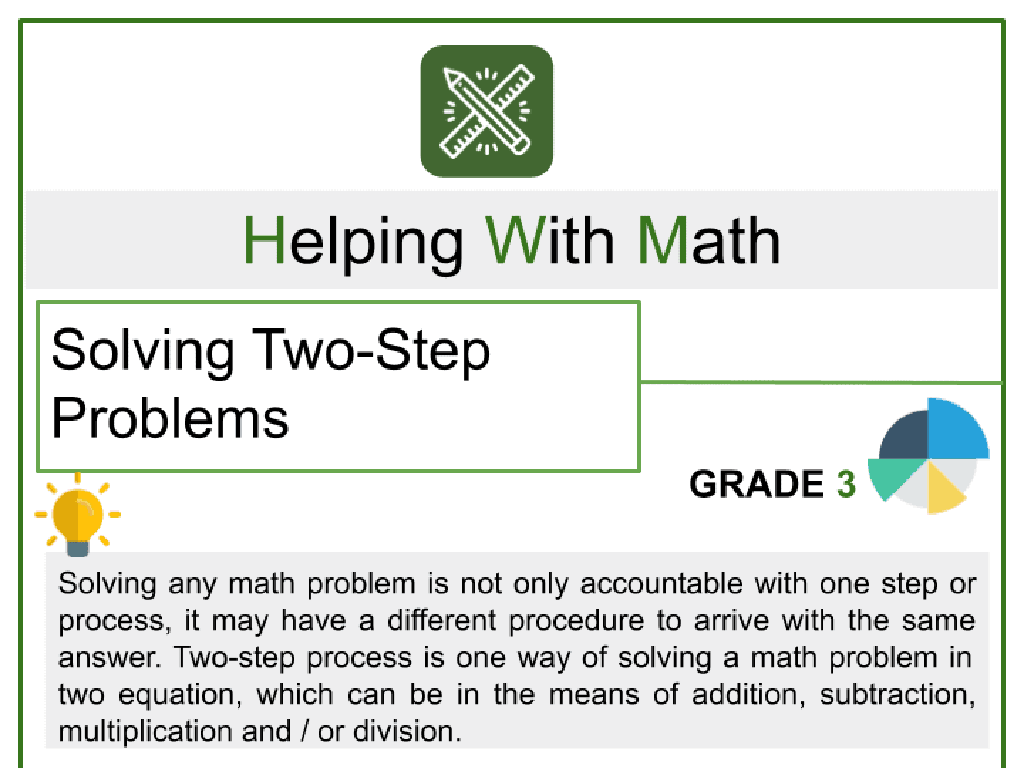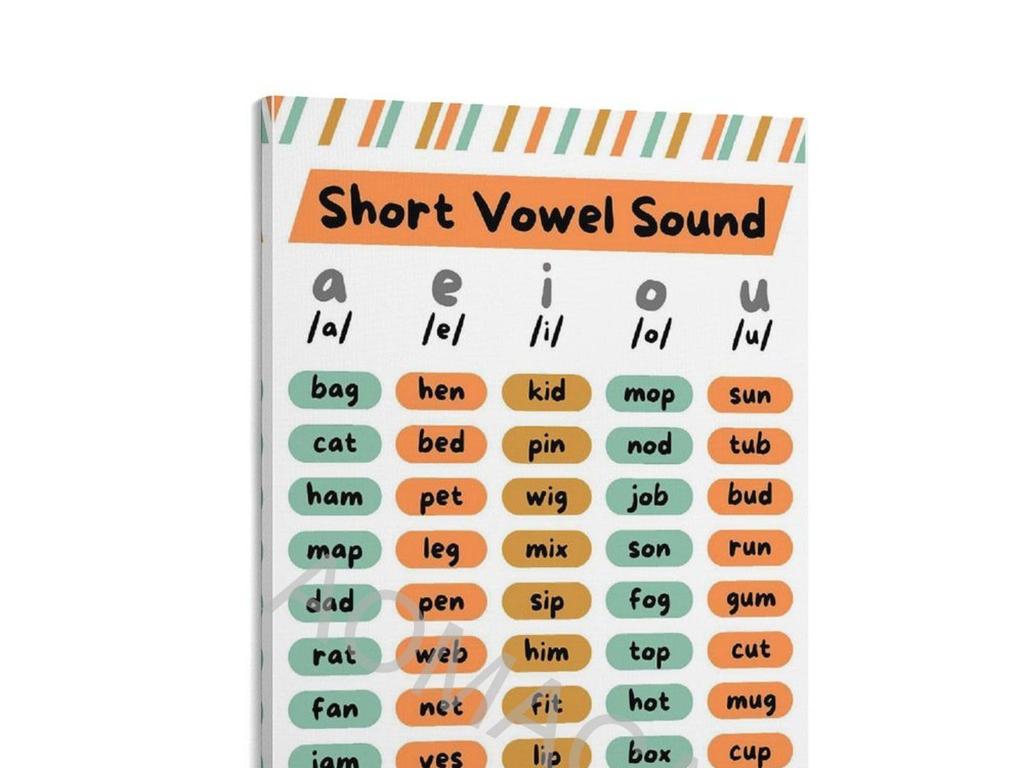Multiply By 10
Subject: Math
Grade: Third grade
Topic: Multiplication Skill Builders
Please LOG IN to download the presentation. Access is available to registered users only.
View More Content
Today’s Adventure: Multiplying by 10!
– Multiplication as repeated addition
– If you have 10 groups of 3 apples, that’s 3 apples 10 times!
– Multiplying by 10 is easy!
– Just add a zero to the number to multiply by 10.
– Practice with examples
– Let’s try 5 x 10 and 7 x 10 together.
– Apply multiplication in real life
– How many fingers on 10 hands?
|
This slide introduces the concept of multiplication as repeated addition, which is a foundational skill for third graders. Emphasize that multiplying by 10 is a super skill that can be done easily by adding a zero to the number being multiplied. Provide examples such as 5 x 10 and 7 x 10, and work through them as a class. Encourage students to think of multiplication as a faster way to add the same number many times. Relate the skill to real-life scenarios, like counting fingers on hands, to make the concept more tangible. The goal is for students to leave the lesson with a clear understanding of how to multiply by 10 and why it’s useful.
Understanding Multiplication: Multiply by 10
– What is multiplication?
– It’s adding a number to itself many times
– Example: 2 times 3
– 2 multiplied by 3 equals 2 + 2 + 2
– Multiplication as fast addition
– A quicker way to add repeatedly
– Practice multiplying by 10
– Let’s try 10 times 4, which equals 10 + 10 + 10 + 10
|
This slide introduces the concept of multiplication as a method of adding the same number multiple times. Use the example of 2 multiplied by 3 to show that it’s the same as adding 2 three times. Emphasize that multiplication is a shortcut for addition when dealing with the same number. To apply this concept, have students practice multiplying numbers by 10, reinforcing the idea that it’s like adding the number 10 repeatedly. Encourage students to use objects or drawings to visualize this process, making it easier for them to grasp the concept of multiplication as repeated addition.
The Magic of Multiplying by 10
– Understanding the number 10
– 10 is the base of our number system.
– Multiplying numbers by 10
– When we multiply any number by 10, the result is that number followed by a zero.
– Adding a zero to the number
– For example, 2 x 10 becomes 20.
– Practice with various numbers
– Let’s try with 3, 5, and 7 multiplied by 10!
|
This slide introduces the concept of multiplying by 10, a fundamental skill in mathematics. Emphasize that 10 is a special number because our number system is based on it, making multiplication by 10 very straightforward. When we multiply a number by 10, we essentially shift the digits one place to the left and add a zero at the end. Provide examples with simple numbers to illustrate this point and encourage students to practice with different numbers to solidify their understanding. This concept is a building block for future math skills, so ensure students grasp the simplicity and pattern of multiplying by 10.
Multiplying Single Digits by 10
– Single-digit times 10 adds a zero
– Example: 3 x 10 = 30
– Three groups of ten equals thirty
– Practice: Calculate 5 x 10
– Let’s solve 5 x 10 as a class
– Understanding the pattern
– Recognize how every single-digit multiplication with 10 ends
|
This slide introduces the concept of multiplying single-digit numbers by 10. Emphasize that when you multiply any single-digit number by 10, the result is simply that number followed by a zero. Use the example provided to show this pattern. For the practice problem, engage the class in solving 5 x 10 together, reinforcing the concept that the answer is 50. Explain that this pattern holds true for all single-digit numbers when multiplied by 10, which is a foundational multiplication skill. Encourage students to observe this pattern with other numbers and to practice with additional examples to solidify their understanding.
Multiplying Larger Numbers by 10
– Rule applies to all numbers
– Example: 24 x 10 = 240
– Add a zero to the end of 24 to multiply by 10
– Practice with board examples
– We’ll solve examples as a class activity
– Understand the pattern
– Recognize how the number grows by a place value
|
This slide introduces the concept of multiplying larger numbers by 10, emphasizing that the same rule applies regardless of the number’s size. Start by explaining that when we multiply any number by 10, we essentially shift the digits one place value to the left, making the number ten times larger, which visually appears as adding a zero to the end of the original number. Use the example provided (24 x 10 = 240) to illustrate this point. Then, engage the class with interactive examples on the board, encouraging students to participate and practice the concept. Highlight the pattern that emerges when multiplying by 10 to reinforce their understanding. The goal is for students to recognize the consistent pattern and feel confident in applying it to any larger number.
Patterns in Multiplying by 10
– Spotting patterns with 10
– Each time we multiply by 10, a zero is added to the number.
– Place value shifts
– When we multiply by 10, each digit moves one place to the left.
– Activity: Missing number patterns
– Fill in blanks in sequences like 2, 20, ___, 200 to understand patterns.
|
This slide introduces students to the concept of patterns when multiplying by 10. Begin by asking students if they can predict what happens to a number when we multiply it by 10. Highlight that a zero is added to the end of the original number, which is a visual cue that the place value of each digit increases. For the activity, provide sequences with missing numbers for students to complete, such as 3, __, 300, where they have to identify the pattern and fill in the missing number (30). This exercise will help solidify their understanding of place value changes when multiplying by 10. Prepare several examples of increasing difficulty and encourage students to explain the pattern they see.
Let’s Practice Multiplying by 10!
– I’ll write a number on the board
– You multiply that number by 10
– Just add a zero to the number I write
– We’ll review the answers as a class
– Making mistakes is part of learning
– Don’t worry if you get it wrong, we’ll learn together!
|
This slide is for an interactive class activity to practice multiplication by 10. Start by writing a number on the board and ask the students to multiply it by 10 on their own. After giving them some time to calculate, go through the answers together, ensuring that each student understands the process. Emphasize that making mistakes is a natural part of the learning process and encourage them to try without fear of getting it wrong. Possible numbers to use for the activity could be 3, 7, 15, and 21. This will help them see the pattern that emerges when multiplying by 10. Offer praise for effort and correct answers to foster a positive learning environment.
Multiplication Game Time!
– Pair up for ‘Race to Multiply by 10’
– Use skills to solve quickly
– Practice multiplying numbers by 10
– Compete with other pairs
– Win a prize for finishing first!
– A fun reward for your hard work!
|
This slide introduces a fun and competitive classroom activity to help students practice their multiplication by 10 skills. Organize the class into pairs and explain the rules of the ‘Race to Multiply by 10’ game. Provide each pair with a set of multiplication problems involving the number 10. The goal is to solve the problems accurately and faster than the other teams. Emphasize the importance of teamwork and accurate calculations. The first pair to complete their set correctly wins a small prize. This activity not only reinforces the concept of multiplying by 10 but also encourages collaboration and healthy competition among students. Prepare a variety of problems and consider having multiple rounds to allow different pairs to win.
Class Activity: Multiplication Art
– Create art with groups of 10
– Use stickers, stamps, or drawings
– Show your groups of 10
– How many groups did you use?
– Display your total number
– Add up all the groups to find the total
|
This activity is designed to help students visualize the concept of multiplication by 10 through a creative and engaging art project. Provide students with stickers, stamps, or have them draw items, ensuring each group has exactly 10. They should then arrange these groups to create a piece of art. Once completed, students will count and record the number of groups they used and calculate the total number of items by multiplying by 10. This hands-on approach reinforces the idea that multiplication is repeated addition. For the activity, consider different items for students to use, such as buttons, beads, or seeds. Encourage creativity and ensure they understand the mathematical concept behind the activity. Have a gallery walk at the end where students can view each other’s work and discuss the multiplication shown.
Wrapping Up: Multiplying by 10
– Celebrate your multiplying skills
– Recall patterns and tricks
– Like adding a zero to the number
– Use your multiplication chart
– Chart helps remember 10 times tables
– Keep practicing at home
– Practice makes perfect!
|
Great work today, class! You’ve all done an excellent job learning how to multiply by 10. Remember, the key to mastering multiplication is noticing patterns, such as how multiplying by 10 simply adds a zero to the end of a number. Keep your multiplication chart handy to help reinforce what we’ve learned today and to make it easier to memorize the times tables. Encourage the students to practice at home to solidify their understanding. For the next class, we can have a quick review and perhaps a fun quiz to see how much everyone remembers!






